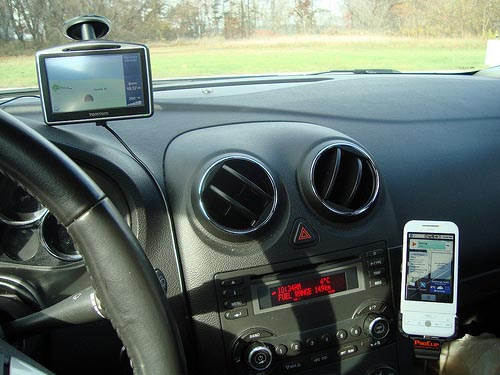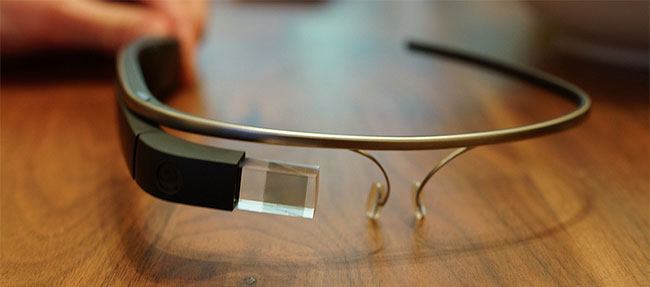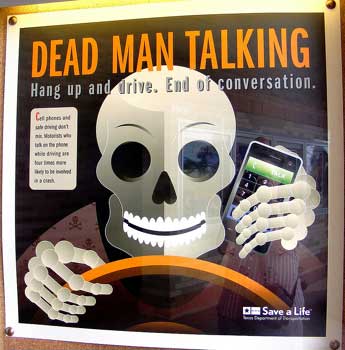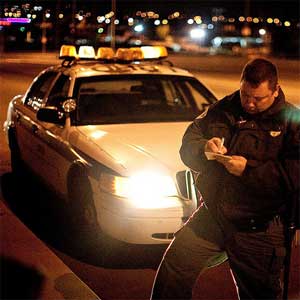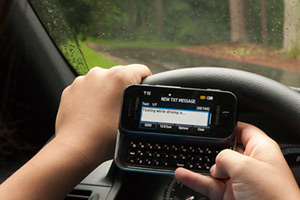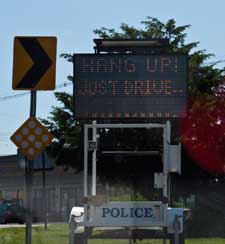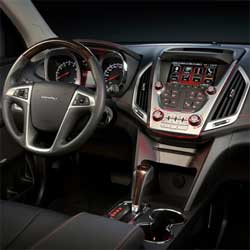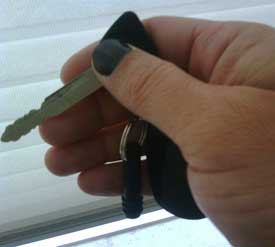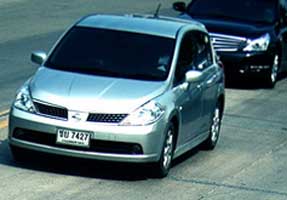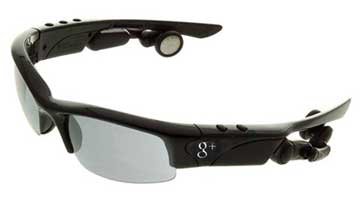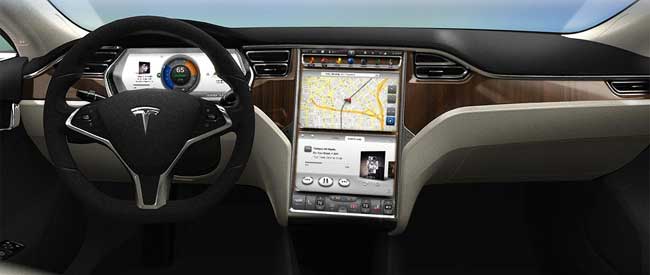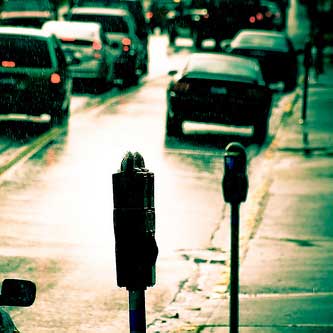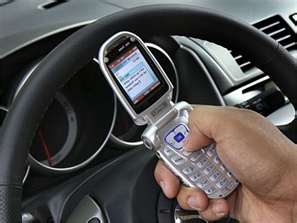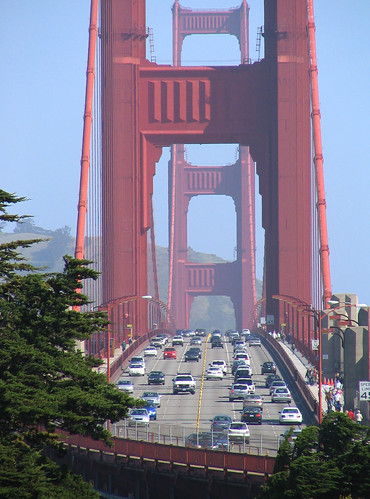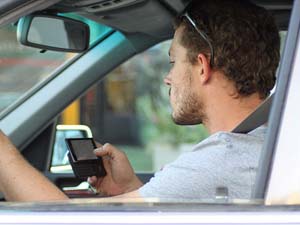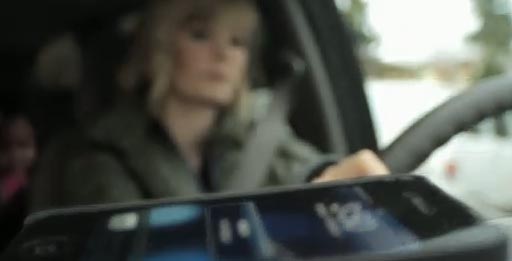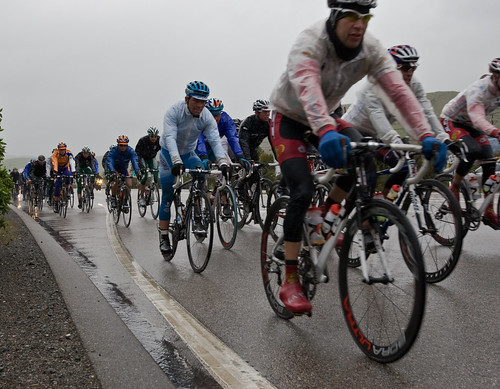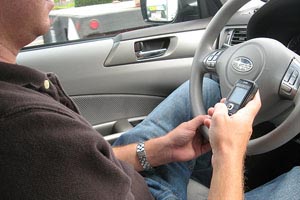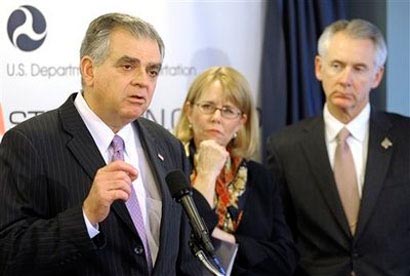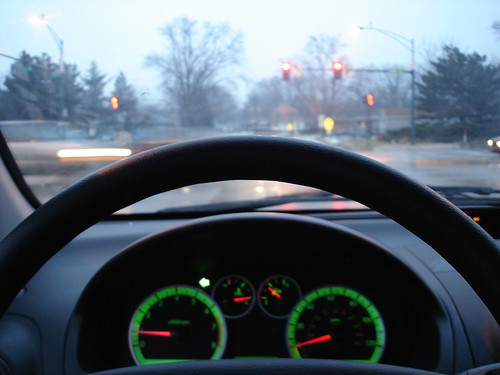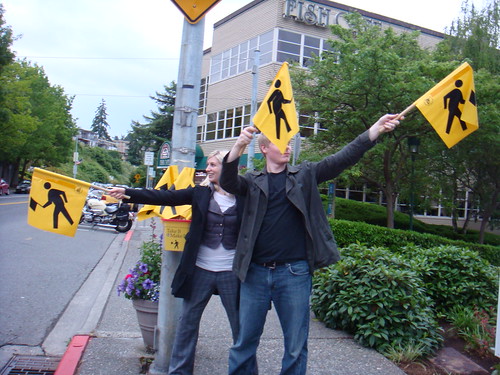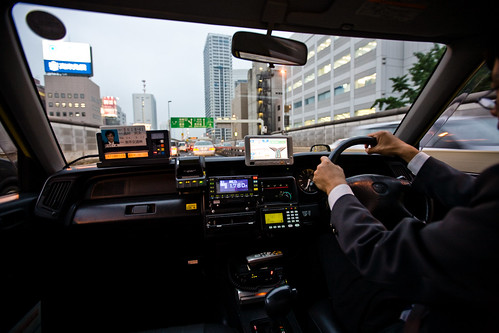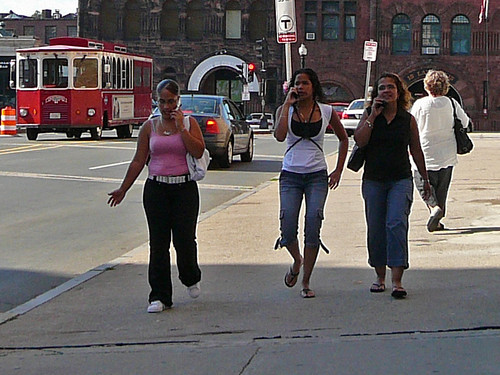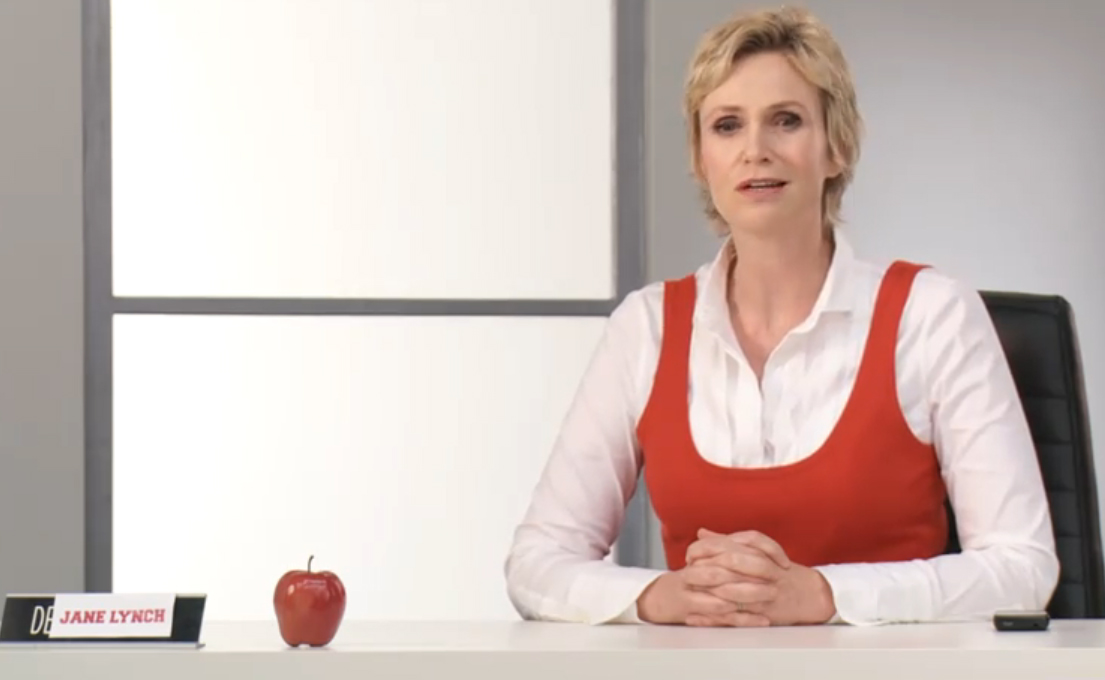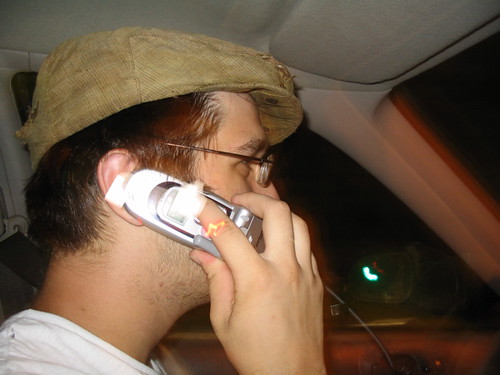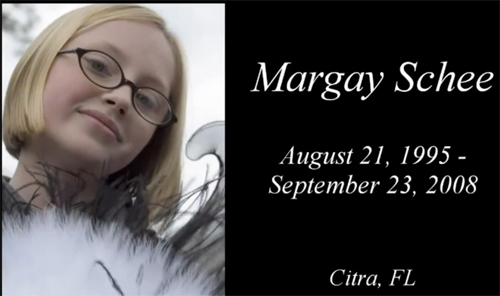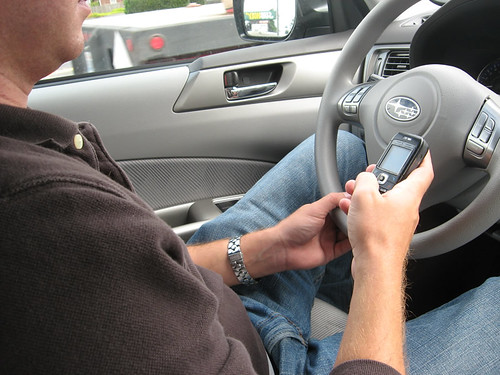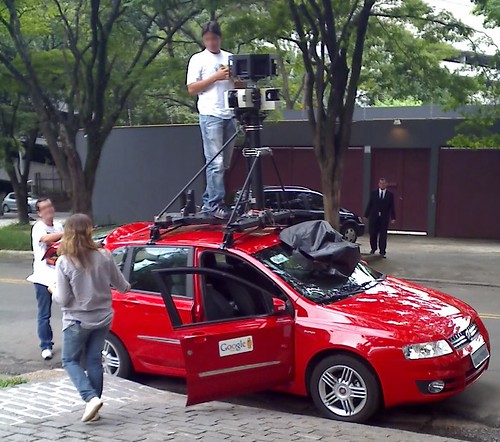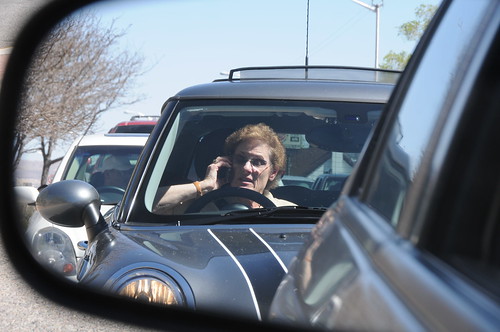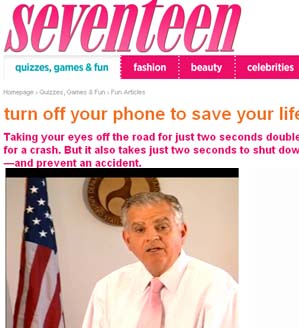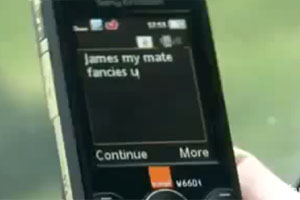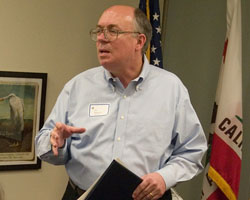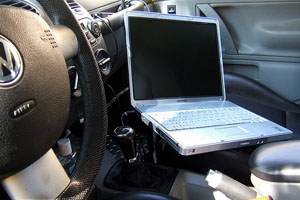California Distracted Driving Awareness Month | GJEL
Though 2010 marked the first annual Distracted Driving Awareness Month, California did not participate in an official capacity. So this year, California is making an impact with a statewide... Read More
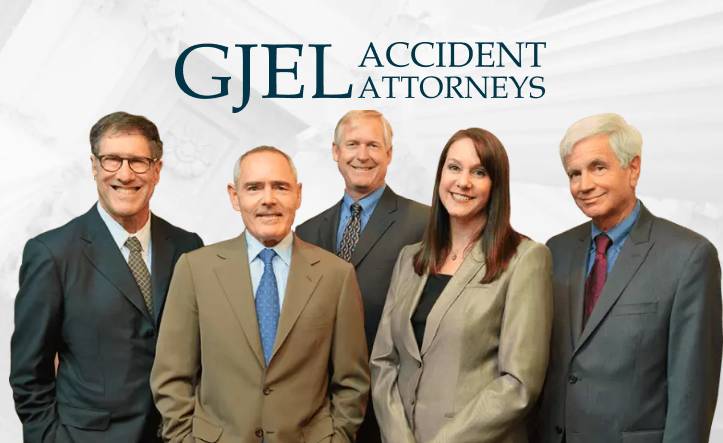
Smartphone Use While Driving: The Next Frontier in California Punitive Damages Law?
It is hard to think of any public safety issue that has received more attention over the last few years than the use of smartphones while driving... Read More
Is driving with Google Glass a ticketable offense?
As technology continues to become even more integrated into our everyday lives, existing laws can become fuzzy when it comes to how emerging technologies should be treated. Case in... Read More
Required viewing for drivers everywhere: ‘From One Second to the Next’
Famed director Werner Herzog’s powerful new documentary about texting and driving has already reached more than 1.5 million views on YouTube and is bringing even more attention to the... Read More
What can employers do to prevent distracted driving?
In the six states where texting and driving is still legal, employers are being placed in the unenviable position of having to discourage those driving on their behalf from... Read More
Should SF Police set up distracted driving stings?
Texting and driving is against the law, but enforcing distracted driving laws is easier said than done. Last week in Fargo, North Dakota, police setup a sting operation designed... Read More
New Jersey judge rules text message sender not responsible for recipient’s crash
In a case that garnered national attention, a New Jersey judge recently ruled that the sender of a text message cannot be held responsible for accidents caused as a... Read More
Transportation secretary encouraging feds to pressure states to crack down on distracted driving
Today U.S. Transportation Secretary Ray LaHood announced a “Blueprint for Ending Distracted Driving.” His new initiative pressures 11 states that currently do not have distracted driving laws to adopt... Read More
New studies reveal cell phone use while driving is on the rise
According to an observational survey recently released by The California Office of Traffic Safety (OTS), the number of drivers using cell phones while in transit jumped from 7.3 percent... Read More

Driving simulator cautions teens about the dangers of texting and driving
Despite nearly all teen drivers saying they think it’s dangerous to text and drive, 43 percent continue to do it anyway. So, in an attempt to show teens the... Read More
Pair of celebs set poor example when it comes to distracted driving
Celebrities Amanda Bynes and Lisa Lampanelli both made headlines over the past couple days with reports surfacing they’d each been guilty of distracted driving. While Celebrity Apprentice and frequent... Read More
Tax Day driving may be riskier than normal, traffic deaths six percent higher
With Tax Day fast approaching, it might pay to take a few deep breaths, squeeze a stress ball, or do whatever else calms your nerves before hopping in a... Read More
Safety experts disagree on whether voice controls are really an improvement
Despite proposing guidelines for in-car technology back in February, The National Highway Traffic Safety Administration doesn’t plan to address voice controls until at least 2014. However, in the meantime,... Read More
Teenage girls twice as likely as teen boys to engage in distracted driving
A new study released earlier this week by the AAA Foundation for Traffic Safety shows that teenage girls are twice as likely as teen boys to use cell phones... Read More
Distracted Driving: Not Just a Teen Problem
Modern life is increasingly full of diversions, and some have even crept into the drivers’ seat—phone calls, text messages, on-board video displays, fast food—all can cause accidents by distracting... Read More
“Google Glasses” could be both a blessing and a curse for drivers and pedestrians
The latest technological rumor circling search engine giant Google is that they’re developing a pair of glasses that can stream real-time information to the wearer’s eyes. This type of... Read More
New cars walk the line between integrating technology and adding more distractions
Does integrating a 17-inch monitor into the dashboard of a car make the vehicle safer or just provide the driver one more giant distraction? Regardless of the answer, automobile... Read More
New SecuraFone app looks to reduce distracted driving among teens
Over the past week there has been significant press surrounding SecuraFone, a new distracted driving app designed to deny users access to their email or text messaging if the... Read More
SFpark tries to curb distracted driving by making street parking easier
Finding street parking can be a massive headache. Drivers circle the block repeatedly; slowing to a near crawl whenever a space looks like it might be available, all while... Read More

Can insurance companies influence distracted drivers?
Much has been said about the best ways to curtail distracted driving as a result of cell-phone use. Most agree that some combination of public awareness and legal enforcement... Read More

Can Distracted Driving Reduce Car Accidents?
The short answer to the question above is a definitive “no.” With the rise of technology, distracted driving has become a serious problem on US roadways, contributing to nearly... Read More

Report: Volvo Technology Reduces Low Speed Car Accidents
How great would it be to drive to work without having to think about accidental low-speed car accidents? For years now, car companies have been researching collision avoidance systems,... Read More

Distracted Driving Technology Not Enough to Reduce Car Accidents
Automaker Ford has rightfully been praised in recent weeks for supporting New York legislation to ban distracted driving. This week, the auto giant became the first of it’s industry... Read More

Cars 2 Targets Distracted Driving (VIDEO)
As part of the new advertising campaign for this summer’s Pixar animated film Cars 2, Disney has released a public service announcement that warns about the dangers of distracted... Read More

Anti Distracted Driving Accident Campaign Targets Auto Technology
Everyone knows that distracted driving is dangerous. There’s simply no safety replacement for staying focused on the road at all times. But when it comes to improving road safety,... Read More

National Youth Traffic Safety Month Prepares Teen Drivers for Summer Safety
As we’ve learned in past weeks, May is an important month for traffic safety nationwide. May marks National Bike Month, Motorcycle Safety Awareness Month, and National Youth Traffic Safety... Read More
Ray LaHood to Expand Auto Safety Laws After Distracted Driving Awareness Month
As Distracted Driving Awareness Month comes to a close this week, it’s helpful to look back at what lawmakers and safety advocates have accomplished over the past few years,... Read More

California Distracted Driving Editorial Misses the Point: Just Put Down the Phone
No one ever said the law was simple. That’s a tense subject for Silicon Valley Mercury News columnist Gary Richards, who penned an editorial yesterday on California’s “confusing” distracted... Read More

Police Cite Obstacles to Reducing Distracted Driving Car Accidents
When it comes to distracted driving, laws have come a long way in a short time. Just two years ago, states were just starting to ban handheld devices, and... Read More
5 Great Cell Phone Apps to Prevent Distracted Driving
With the rise of distracted driving, cell phones are often cited as villains that facilitate dangerous driving practices. But while distracting phone calls, text messages, and games are certainly... Read More
Texas & North Dakota Join California to Reduce Distracted Driving Car Accidents
Since it’s Distracted Driving Awareness Month, we’ve been writing a lot about efforts to curb distracted driving here in California. Statewide, 225 local police agencies have teamed up with... Read More
DOT Boasts Drop in Car Accident Deaths
Based on preliminary data, the Department of Transportation estimated last week that 32,788 people were killed in car accidents in 2010, the lowest number in more than 60 years.... Read More

Distracted Driving Awareness Month Ignites Driver Safety Debate
As April and Distracted Driving Awareness Month rolls around, you can expect safety advocates and lawmakers to discuss the many dangers of distracted driving. But despite reports that distracted... Read More
California Boosts Driver Safety Laws For Distracted Driving Awareness Month
For years, the California Highway Patrol has done a fantastic job keeping our roads safe from dangerous drivers and reducing vehicle injuries and fatalities. That job has grown more... Read More

States Boost Safety Laws Before Distracted Driving Awareness Month
April is distracted driving awareness month, which means that safety advocates and lawmakers will put the issue front and center, trying to find a solution to eliminating distracted driving,... Read More
Can We Control the Distracted Driving “Arms Race”?
With just about every driving-related sector trying to make distracted driving less prevalent, is dashboard Facebook access necessary? Clearly, no. But that’s the newest development in a distracted driving... Read More
Distracted Driving Awareness Videos Stress Human Connections
Just about everyone knows that distracted driving is dangerous, but almost no one knows how to stop it. Technology is only growing more prevalent, and although cell phone and... Read More
Can National Bike Summit Reduce Preventable Bicycle Accidents?
Lawmakers, cyclists, and safety organizations nationwide traveled to Washington DC this week for the annual National Bike Summit, hosted by the League of American Bicyclists. In past years, the... Read More
Transportation Secretary Ray LaHood Talks Distracted Driving Laws & Enforcement
Consumer Reports is absolutely killing it when it comes to distracted driving coverage. Last week, I reviewed their April edition, in which Secretary of Transportation Ray LaHood, a tireless... Read More
Transportation Secretary Ray LaHood to Advocate Federal Distracted Driving Law
Like drunk driving and wearing a seat belt, avoiding distracted driving is becoming more and more of a no brainer. The Department of Transportation has reported that there were... Read More
New Distracted Driving Gizmo Could Make it Easier to Text
Distracted driving has become a major problem nationwide, killing approximately 5,500 people and injuring nearly 500,000 each year. For that reason, safety advocates, policy makers and scientists have adopted... Read More

Cyclists Included in Proposed California Distracted Driving Law
Since Secretary of Transportation Ray LaHood made reducing distracted driving one of his top priorities, the dangerous practice has been the subject of heated debate among safety advocates, policy... Read More
Distracted Walking Law Proposed to Ease Uptick in Pedestrian Accidents
In the past year, public opinion has nearly coalesced around the fact that distracted driving is dangerous and should be eliminated. But what about distracted walking? A new law... Read More
Will Auto Technology Increase or Decrease Distracted Driving Car Accidents?
At this point, just about everyone is on the anti-distracted driving bandwagon. Safety advocates, major celebrities, cell phone companies and more have joined Secretary of Transportation Ray LaHood to... Read More
California Tops 2010 Pedestrian Accident Fatalities
As part of its ongoing campaign to assess pedestrian safety, the Governors Highway Safety Association has released preliminary data from each state regarding pedestrian fatalities in 2010. Based on... Read More

Does New Distracted Driving Study Stretch the Facts on Auto Safety?
Over the past year, the national consensus about distracted driving has solidified as safety advocates, cell phone companies, and celebrities like Oprah Winfrey, agree that it is a dangerous... Read More

VIDEO: Cell Phone Companies Take On Distracted Driving Car Accidents
The fight against distracted driving started with parents who had lost a teenager to the dangerous practice. Soon, the fight picked up steam, earning high profile supporters like talk... Read More

Airbags, Economy Praised for Major Decrease in Car Accident Fatalities
A report released this week in the Journal Traffic Injury Prevention found that over the past five years, the United States has enjoyed the greatest decrease in car accident... Read More
“Glee” Star Jane Lynch Joins LG in Fight to Reduce Distracted Driving Accidents
Did you make any new years resolutions this winter? For the driving safety parent, cutting down on your child’s use of cell phones behind the wheel is a great... Read More
Holiday Drivers Increase Risk of Car Accidents
Due to the increased likelihood of drunk driving and adverse road conditions, winter holidays always carry an extra risk of car accidents. This year, warns the auto advocate AAA,... Read More
Fatal California Distracted Driving Accident Carries Major Penalty
Distracted driving is not just dangerous and thoughtless. It’s also a major crime when associated with the most terrifying circumstances. On September 15, 20-year-old Ani Voskanian caused an accident... Read More
Portland to Pay Accident Settlement for Pedestrian Struck By Distracted Driving Officer
It’s not a good sign if your city’s police officers are getting in distracted driving car accidents. That’s the case in Portland, Oregon, where police officer Ty Garrison struck... Read More

Insurance Industry Continues Opposition to Campaign Against Distracted Driving
The insurance industry is at it again. Addressing the fact that distracted driving causes more than 6,000 deaths and 500,000 injuries each year, Secretary of Transportation Ray LaHood has... Read More
Remember the Faces of Distracted Driving Car Accidents
We spend a lot of time on the GJEL blog discussing distracted driving and the implications of the dangerous practice on a large scale. Since distracted driving contributes to... Read More
Iowa Police Get Creative with Anti-Distracted Driving Message
In July, Iowa joined the 30 states that have boosted highway safety by enacting laws against distracted driving. Iowa police cannot impose fines on drivers who disobey the law... Read More
Self-Driving Car: Safety Hero or Distracted Driving Foe?
Over the past year, Internet giant Google has grown closer to developing a car that can drive itself. The company, which has overseen seven cars traveling more than 140,000... Read More

Transportation Secretary Ray LaHood Fires Back Against Distracted Driving Campaign Critics
Last week, when Insurance Institute for Highway Safety president Adrian Lund doubled down on past criticism of Transportation Secretary Ray LaHood's anti-distracted driving campaign, I hoped LaHood would respond.... Read More

California Distracted Driving Rate Jumps Before Annual Summit
As elected leaders, transportation officials, and safety advocates converge in Washington DC today for the second annual distracted driving summit, the level of impact existing anti-distraction laws have had... Read More
Distracted Driving Targetted by AAA, Seventeen Magazine, & Ray LaHood
It's a big week for raising awareness about the dangers of driving while distracted. On Friday, AAA and Seventeen Magazine teamed up with the Department of Transportation to urge... Read More

Does NHTSA Focus Too Much on Distracted Driving and Unintended Acceleration?
In an odd policy statement this week, the Insurance Institute for Highway Safety criticized the government for focusing too much on distracted driving and unintended acceleration, and ignoring more... Read More

Will Technology Make Distracted Driving More Dangerous?
This past week, tech blogs have asked an important question for the future of distracted driving: why haven’t we mastered the technology to make cell phone use behind the... Read More
Pets Join Cell Phones on Distracted Driving List
San Francisco isn't the only region cracking down on distracted driving this month. Here in Contra Costa County, California Highway Patrol officers have cited more than 300 drivers this... Read More
Seventeen Magazine Spearheads Contest to Combat Distracted Driving
Gearing up for its second annual distracted driving summit in September, the Department of Transportation has teamed up with Seventeen Magazine and AAA to sponsor a contest to promote... Read More

Secretary LaHood to Host Second Annual Distracted Driving Summit
It's slowly becoming an undisputed reality that distracted driving is dangerous and state governments should ban the use of hand held devices behind the wheel. Calling for more research... Read More
Washington State Adopts Distracted Driving Law: Critics Call Foul
New and improved laws against distracted driving are popping up nationwide. This is partially thanks to the statistical consensus that talking, texting, and typing while driving has a significant... Read More
Wisconsin Joins Battle Against Distracted Driving
Last week, Wisconsin joined the 23 states in the battle to ban texting, typing, and talking while driving a car. "It is a situation in which technology moves... Read More
Oprah’s ‘No Phone Zone’ Day Targets Distracted Driving Epidemic
On Friday April 30, television superstar Oprah Winfrey lent her powerful voice to the fight against distracted driving in celebration of "No Phone Zone Day." Oprah has been chronicling... Read More
California Senator Joe Simitian: Distracted Driving Laws “Will Take Time, Education, & Enforcement”
For the past few weeks at GJEL blog, we've been focusing on distracted driving bans limping through state legislatures across the country. The movement is also picking up steam... Read More
Federal Distracted Driving Law Stalled by “States’ Rights”
Toyota recalls aside, the debate on distracted driving has been the month's most compelling consumer issue. Over the past few years, eight states have banned the use of cell... Read More
Department of Transportation Jump Starts Anti-Distracted Driving Program
We wrote yesterday about the proposed hands free phone law currently languishing in congress. A set of key democrats think the law would drastically reduce vehicular deaths, but the... Read More

